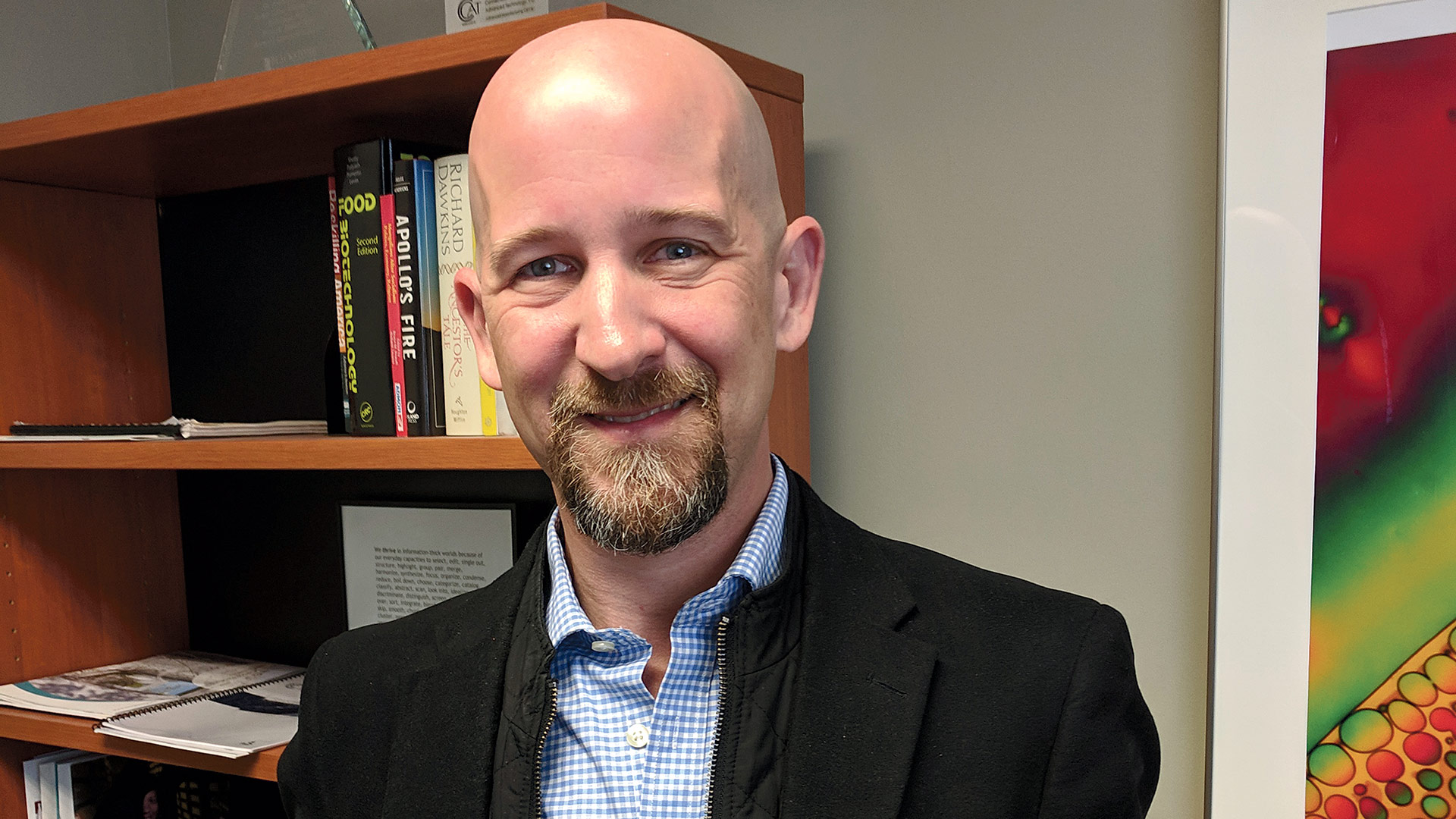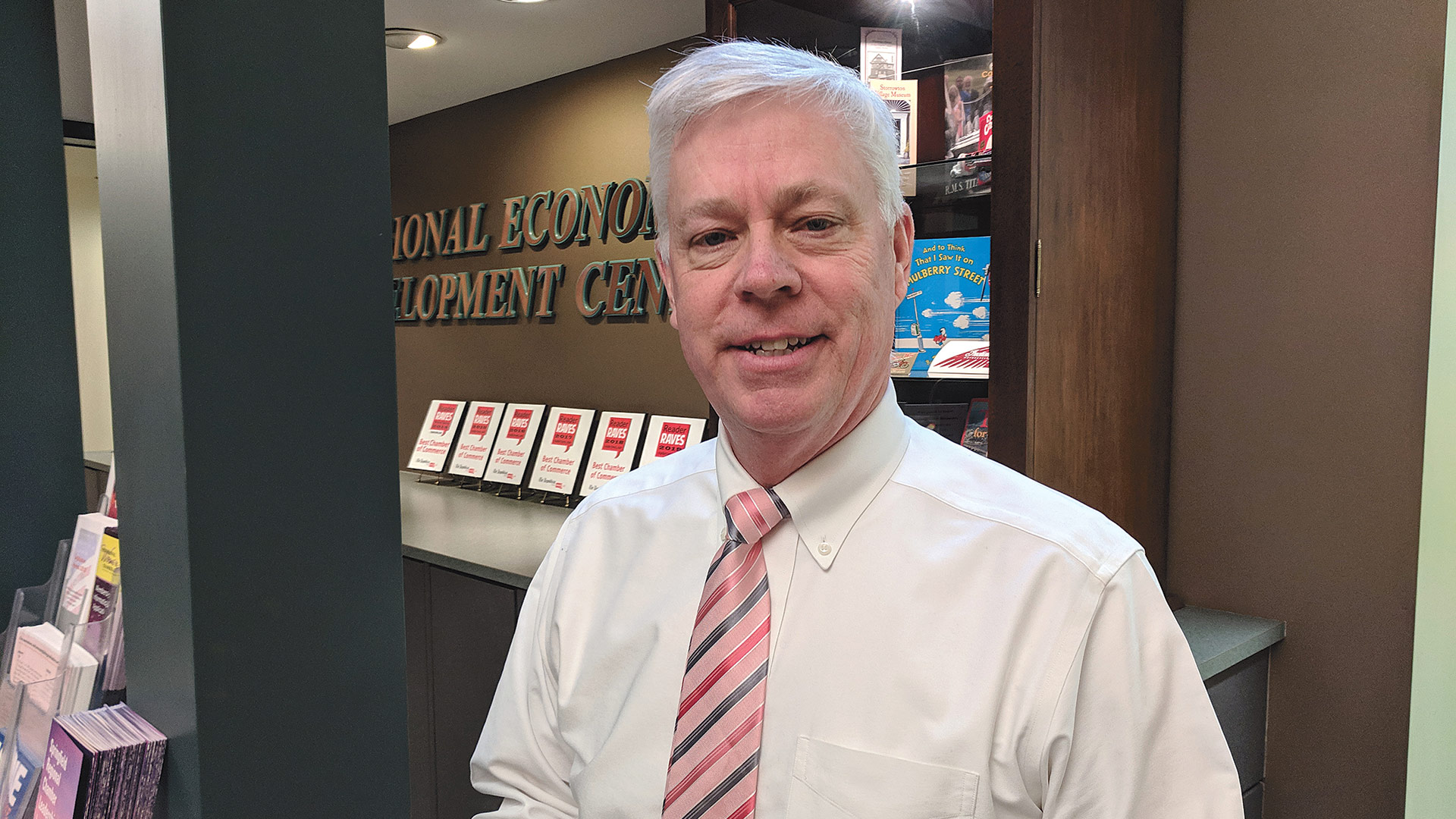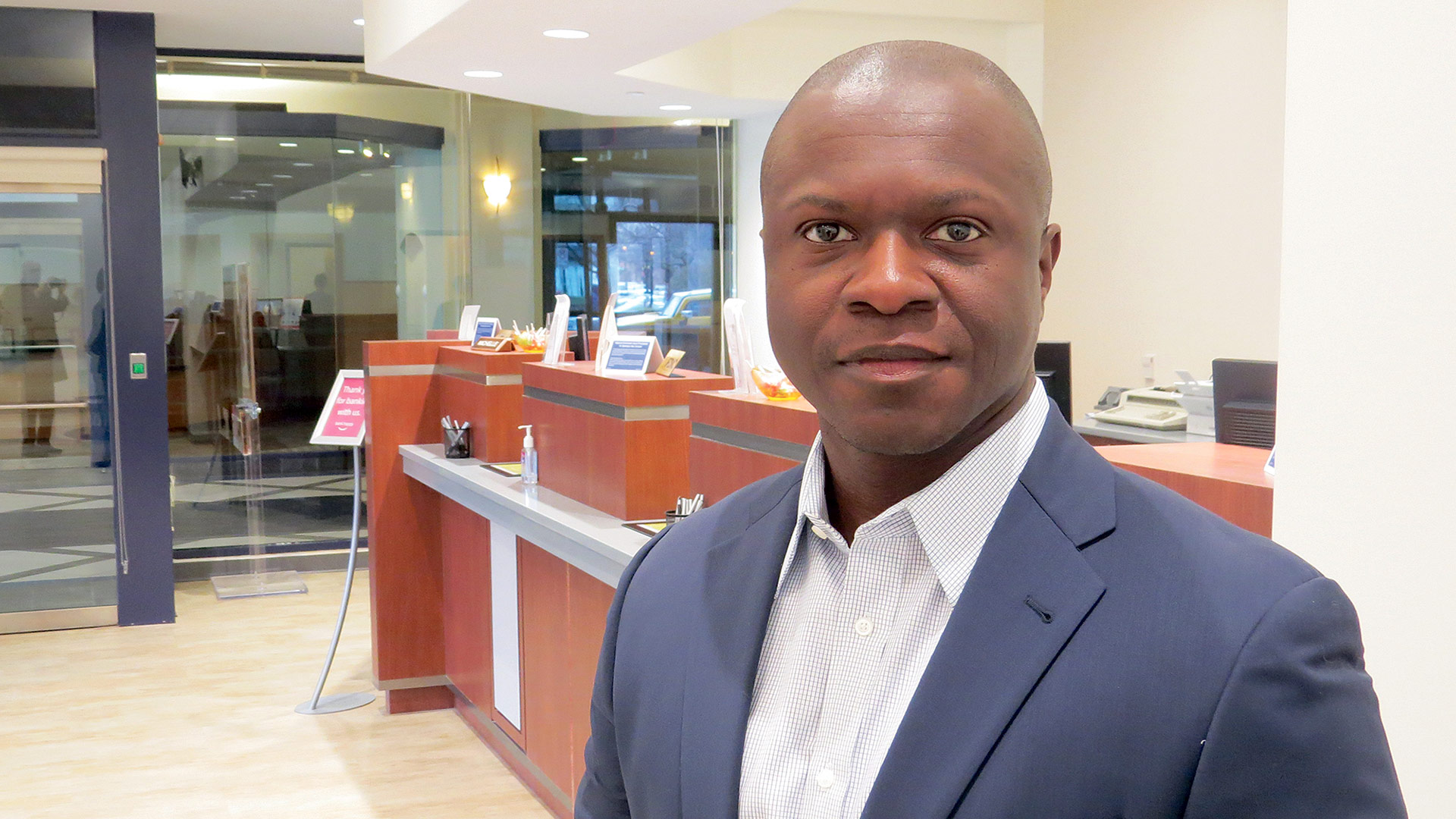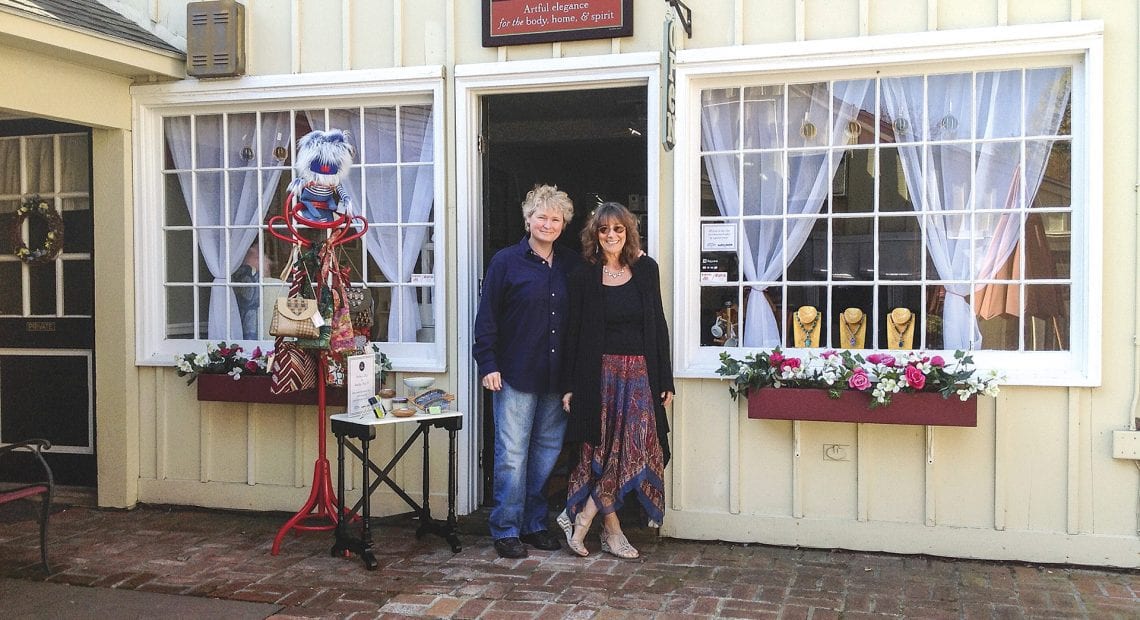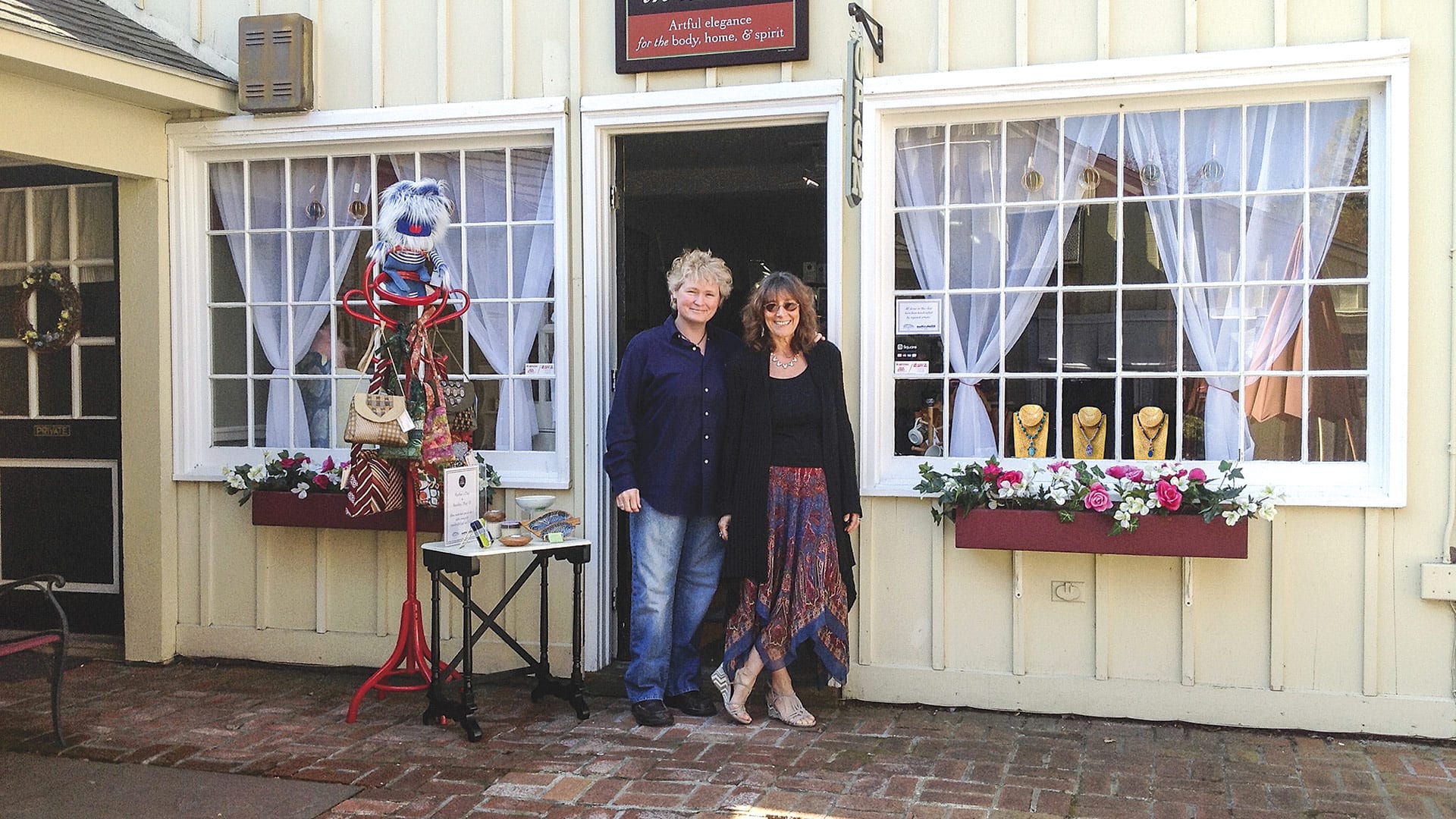Community Spotlight

Kristine Koistinen says Enfield’s long-awaited rail stop is creating a great deal of anticipation in the community, as well as growing interest from developers.
For decades now, a rail stop in Enfield, Conn. on the line from Springfield to Hartford, New Haven, and points south has been a dream.
Finally, the dream is becoming reality.
Indeed, the Connecticut Department of Transportation made it real several weeks ago when it attached hard dates to the $45 million project to build a train station in the section of Enfield called Thompsonville, in the shadow of apartment buildings created at the sprawling former Bigelow Carpet complex.
Those dates include the summer of 2024 for the final design to be completed, the winter of 2025 for the construction bid to be awarded, the spring of 2027 for accompanying rail and bridge work to be completed, and the fall of 2027 for completion of the station and platform.
While a formal ribbon cutting is almost four years away, there is already a great deal of anticipation and excitement in this community of just over 42,000 — as well as interest from the development community, said Town Manager Chris Bromson, adding that the train stop will be, in a word, “transformational.”
“When you look at any of the other transit-oriented districts in Connecticut, it’s been just a boon to economic development and housing,” he told BusinessWest. “If you look at Meriden and other cities in Connecticut that have gotten a train stop, you’ve seen dramatic growth, so we’re very excited, to say the least.”
Elaborating, he said momentum toward a rail station has prompted developers to take options on several properties near the riverfront in the area near the planned station, including an old Eversource power plant, and he expects such interest to only escalate in the months and years to come.
“If you build it, they will come,” he said. “And two years is going to go by in a heartbeat, and developers … they don’t want to miss the train. They want to get in on the ground floor now because those properties are going to be hot.”
Meanwhile, the rail station is just one of many intriguing developments in this community, said Kristine Koistinen, Community Development specialist and also acting Economic Development director. Others include likely redevelopment of the dying mall known as Enfield Square; redevelopment of the former Strand Theater into housing; revitalization of the historic Hazardville Institute into a mixed-use facility that will become, among other things, home to the North Central Connecticut Chamber of Commerce; the recent conversion of the former United Presbyterian Church into the new home for the Opera House Players; and the expected arrival next year of L.L.Bean in the Brookside Plaza.
“It’s back to the future. Today, young people … they really aren’t interested in cars the same way that previous generations were; they want to jump on the train. They want to live in places like Thompsonville and jump on the train and go to New York for the weekend or go to Boston.”
“It’s a very exciting time in Enfield; there’s a lot going on and a lot to get excited about,” she said, adding that there are new developments in many different parts of the community, including Thompsonville, Hazardville, the retail district, and others.
Those sentiments apply to one of the community’s largest institutions as well.
Indeed, Asnuntuck Community College, which marked its 50th anniversary this year, is now known as CT State Community College Asnuntuck. It is one of 12 community colleges, some with satellites, that came together in a merger (creating CT State Community College) that has been years in the making, with the goal of bringing a number of advantages and new opportunities to the colleges, but especially students, said Michelle Coach, Asnuntuck CEO.
“What’s amazing for the students is that they apply once, and they can register on any campus anywhere in the state,” she explained. “In the past, we used to share less than 1% of our students among the 12; we now share about 28% of our students.”
But while the merger is generating new opportunities, Asnuntuck and all the other CT State schools are coping with budget cuts, and more dramatic cuts to come in the future unless the governor and Legislature reverse course and increase their overall commitment to public higher education (more on that later).
As for Enfield Square, it has been in a state of deterioration for several years, with the loss of anchors such as Macy’s, JCPenney, and Sears. It was acquired by New York-based Namdar Realty Group in 2019 amid hopes that there would be investment in the facility and the securing of new tenants. However, it has continued to decline, and there is growing speculation that it may be sold to a developer who will raze all or most of what exists and create a mixed-use facility that may include everything from retail to housing.
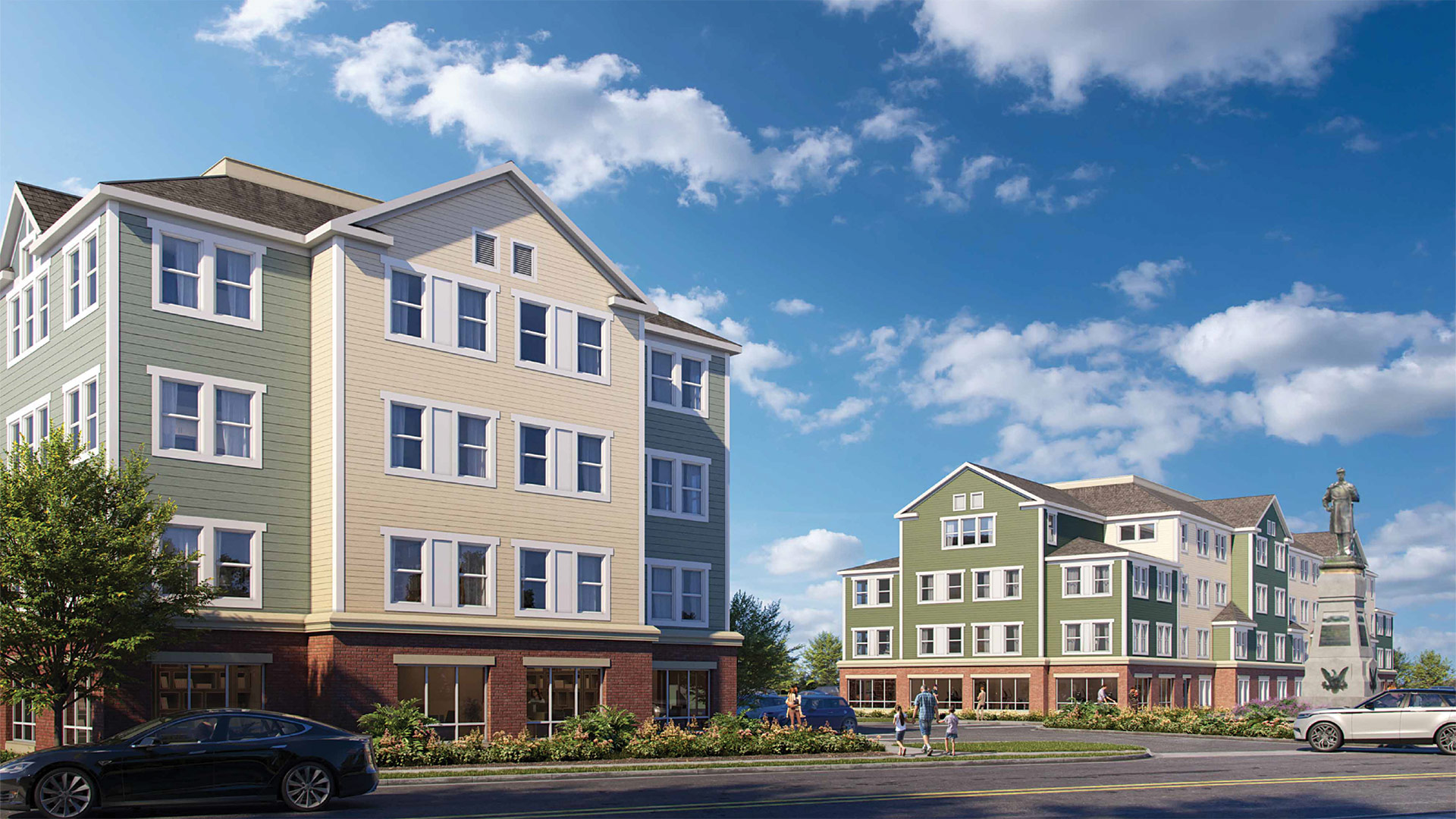
An architect’s rendering of the planned new housing to take shape at the site of the former Strand Theater.
A few developers have expressed interest, said Bromson, who declined to name them, adding that Enfield Square may follow the same path as Springfield’s Eastfield Mall, which is currently being demolished in favor of new development following the relocation of several dozen mostly smaller tenants. In fact, Koistinen has talked with officials in Springfield about the Eastfield Mall project and the relocation of tenants there.
For the latest installment of its Community Spotlight series, BusinessWest focuses on Enfield, the arrival of rail service, and the many other forms of progress in this community.
Train of Thought
Bromson is on his second stint as town manager in Enfield — he held that post from 2019 to 2021, when he resigned, only to return just last month. Overall, he’s spent more than 33 years working for the town in various capacities, including town attorney, Public Safety director, and acting town manager.
For all that time and more, securing a rail stop in town has been a dream and a true priority for the community, for reasons made obvious by looking at similar communities that have a stop. In those cities and towns, development has followed, Bromson noted, adding that there has been significant reversal of the development strategies of the ’50s, ’60s, and ’70s that focused on the automobile and creating infrastructure to support its use.
“It’s back to the future,” he went on. “Today, young people … they really aren’t interested in cars the same way that previous generations were; they want to jump on the train. They want to live in places like Thompsonville and jump on the train and go to New York for the weekend or go to Boston.”
Elaborating, he said Enfield’s station will be more than a metro stop, bringing people to Hartford to work; it will also be a larger hub for Amtrak for more distant destinations. Coupled with the planned spur off the Windsor Locks stop that will bring people to Bradley International Airport, it’s easy to see why a rail station is generating such enthusiasm.
“You can come down to the Enfield station, park — there will be ample parking here — get on the train, take the spur to Bradley, and get on a plane, and never have to deal with the parking or the congestion there,” Bromson said.
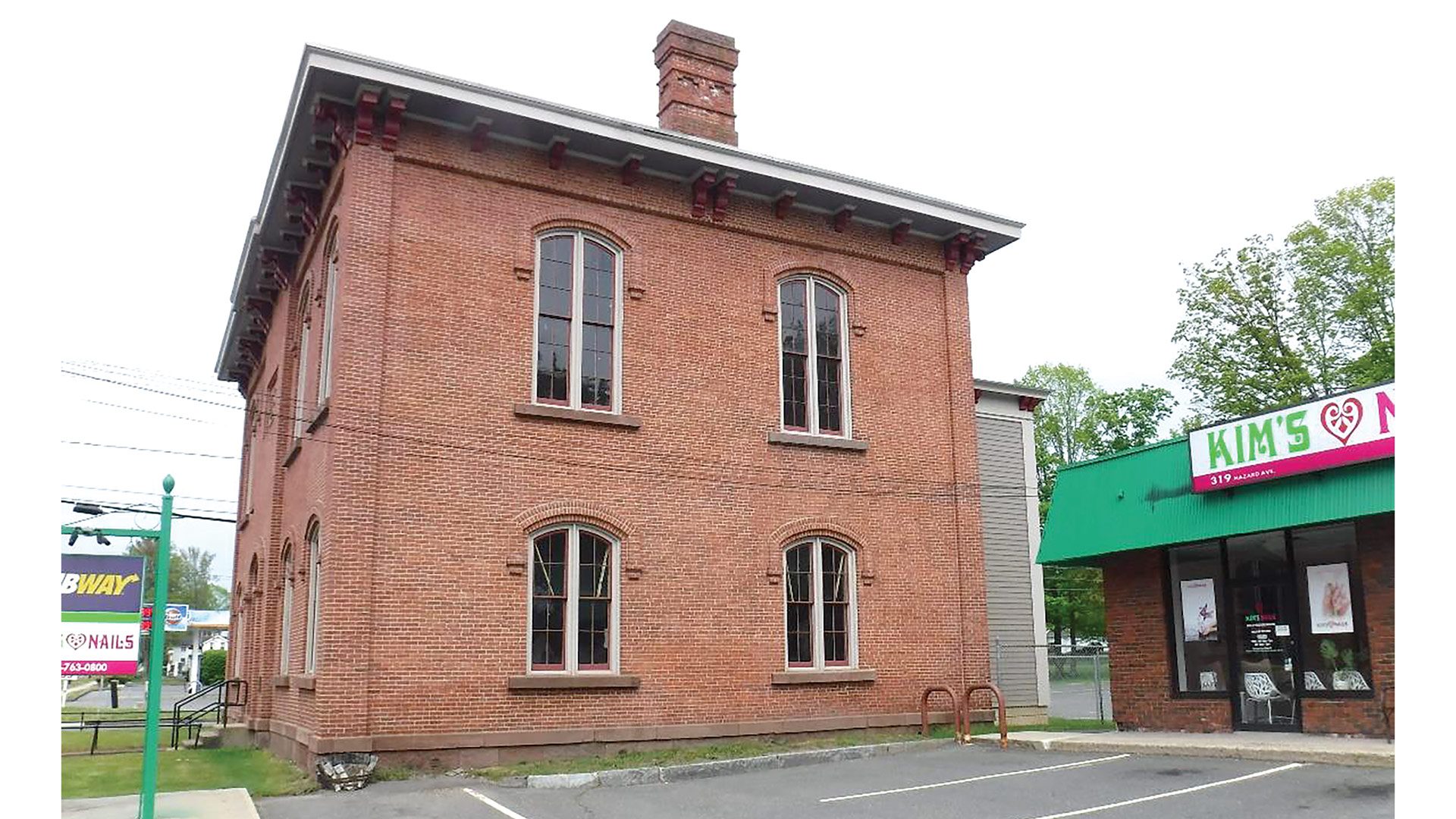
Renovation of the historic Hazardville Institute is one of many developing stories in Enfield.
While the rail plans are generating excitement among residents and officials, they are also gaining the attention of the development community, with more interest certainly to come, said those we spoke with.
Bromson said the rail service will likely generate interest in development of more housing, such as the hugely successful Bigelow Commons, now home to more than 2,000 people.
And if more housing becomes reality — and renovation of the former Strand Theater is already set to move off the drawing board — there will be a need for more retail and service businesses, said Koistinen, adding that such need will likely help fill some of the many vacant storefronts and other properties in Thompsonville, but also other parts of the city.
Enfield at a Glance
Year Incorporated: 1683
Population: 42,141
Area: 34.2 square miles
County: Hartford
Residential Tax Rate: $30.56
Commercial Tax Rate: $30.56
Median Household Income: $67,402
Median Family Income: $77,554
Type of Government: Town Council, Town Manager
Largest Employers: Empower Retirement LLC, Town of Enfield, LEGO, Advance Auto Parts Distribution Center, Eppendorf Manufacturing
* Latest information available
“For decades, people have been talking about how we revitalize Thompsonville,” she said. “Having the train come is the first step in all of this; here are several vacant properties there, and having the train station so close — that walkability to the downtown — will provide a real boost.”
Overall, there is a sizable trickle-down effect from the rail service, said Bromson, adding that it will likely extend to places like Enfield Square. Indeed, the station will be an intermodal transit center that will send buses and shuttles to locations such as the shopping areas off I-91.
This includes Enfield Square, he noted, adding that the community is talking to developers about the future of the site, while also working with existing tenants to help promote them and prepare them for eventual transition. “I’m very optimistic that we’re going to have a good result there in the near future.”
Course of Action
There have been several good results from the merger of the state’s community colleges, a process that has been in motion for more than seven years now, Coach noted.
The new infrastructure brings benefits for the schools, including additional buying power and greater ability to collaborate and share ideas, concepts, and, yes, students.
Indeed, she said there are students who now attend classes at as many as five different schools, taking advantage of each school’s specialty, such as Asnuntuck’s manufacturing program.
Indeed, Asnuntuck now boasts 1,329 students who call the campus home, and another 886 who call another school home but attend at least one class in Enfield, boosting enrollment and bringing more energy and vitality to the campus.
“If the governor doesn’t give us more money, that’s going to hurt our students — that’s what we’re worried about right now.”
Overall, said the merger has brought about a harmonized processing system across the 12 campuses, while allowing each school to maintain its own identity and culture.
“I’ve always said to the employees, our culture is our people, and we have our people,” Coach said. “We can give our students what they need, and I don’t think we’ve changed. But at the same time, they can now register anywhere, we have some amazing processes, and we just hired a behavioral-health counselor for the first time. We’ve always wanted an in-house counselor, and we haven’t been able to do so. By becoming CT State, every campus is getting at least one counselor.”
The merged system is still only a few months old, she said, adding that it will continue to evolve, hone processes, and bring new opportunities and greater collaboration — something that was missing historically — between the individual campuses and their students.
And greater collaboration will be needed because there are many current budget challenges, and deeper cuts likely to come in the year ahead.
“We are underfunded right now,” she said, noting that the system recently cut $33.6 million for this fiscal year, with Asnuntuck slicing roughly $500,000, in large part because elected leaders would not raise the spending limit for the state.
Asnuntuck was able to avoid personnel cuts this fiscal year, but it may not be so fortunate in FY 2025, when an additional $41.3 million will have to be cut, unless already-intense lobbying efforts succeed in garnering more support from the state.
“If the governor doesn’t give us more money, that’s going to hurt our students — that’s what we’re worried about right now,” she told BusinessWest. “And, of course, these are the students that need the help.”



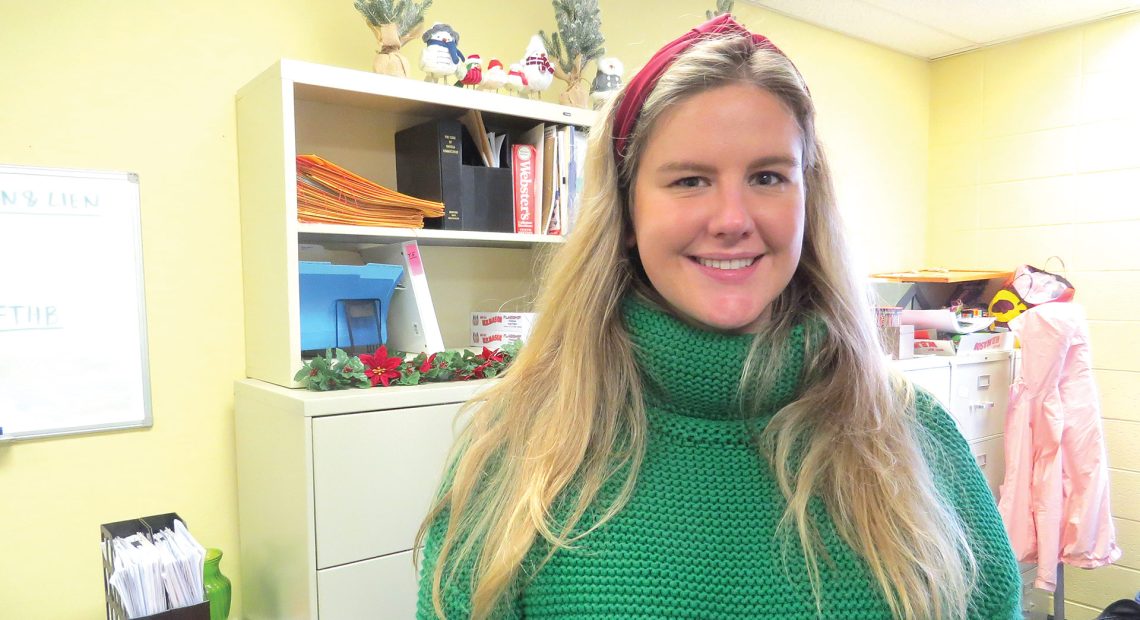




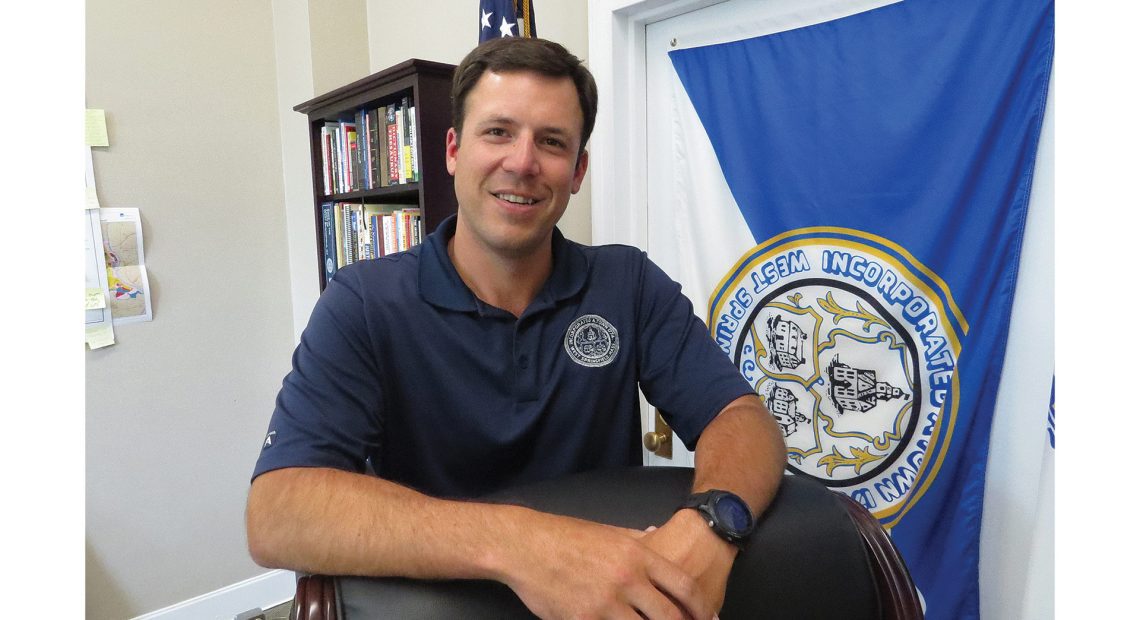
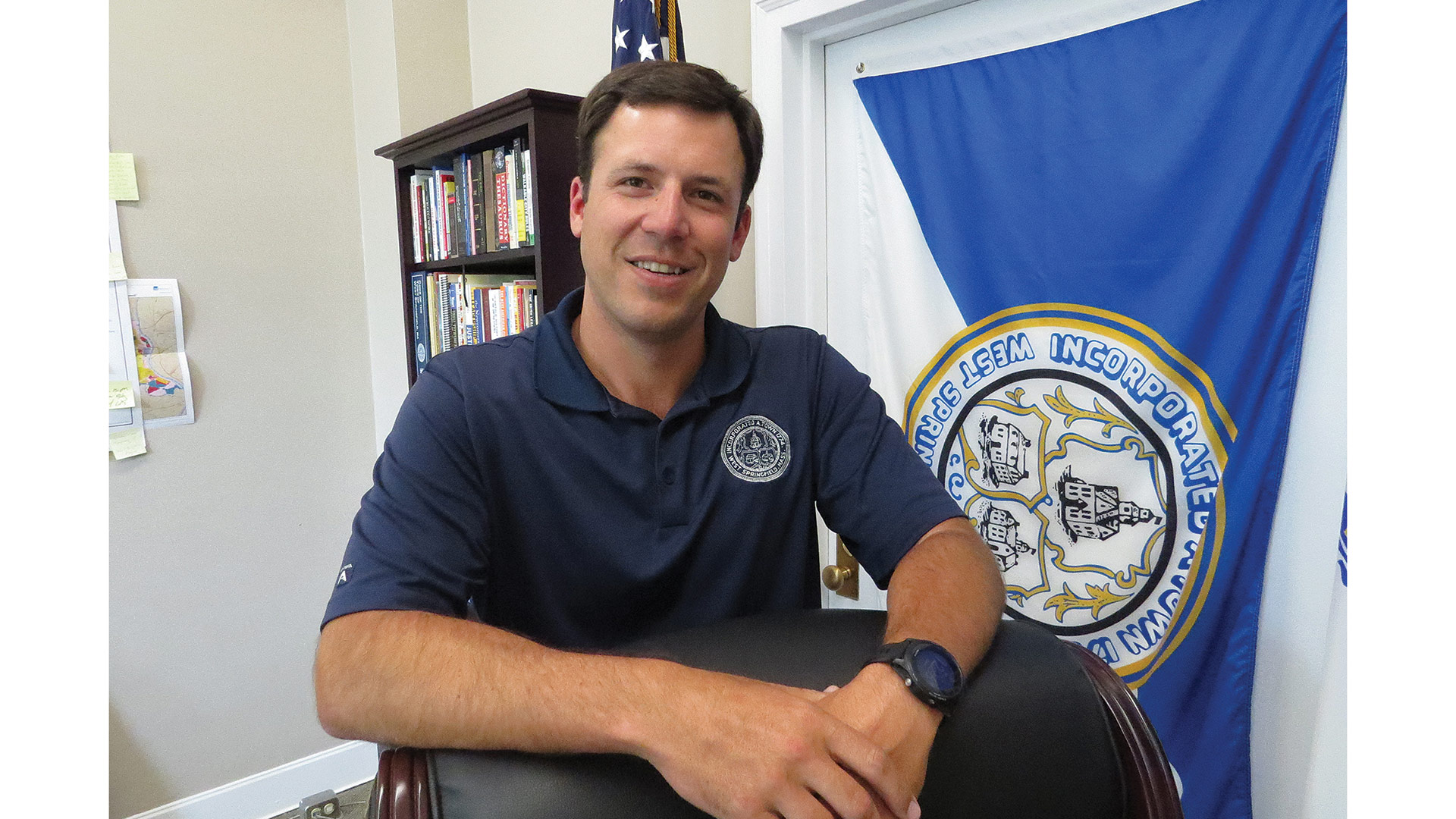
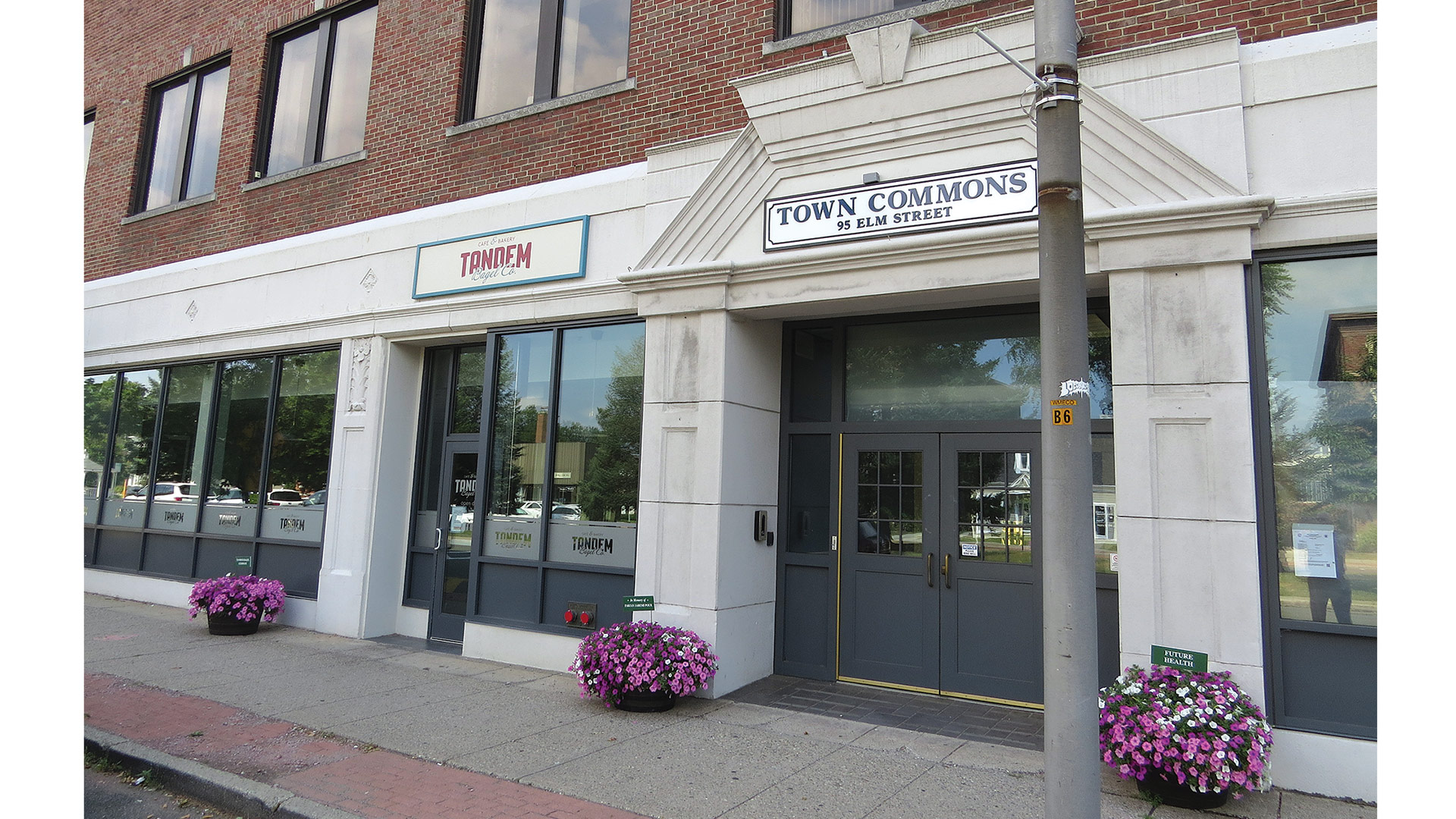
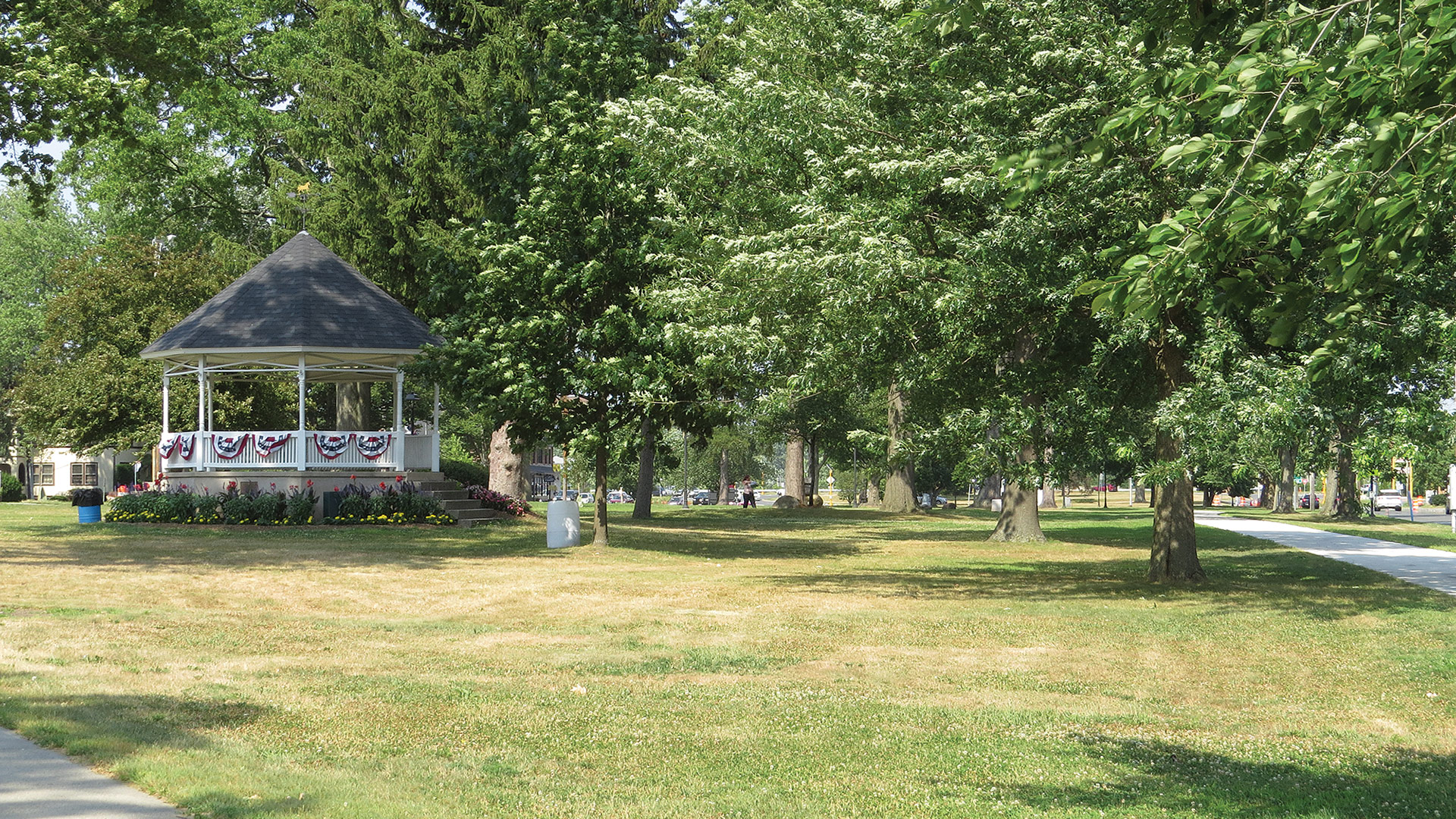
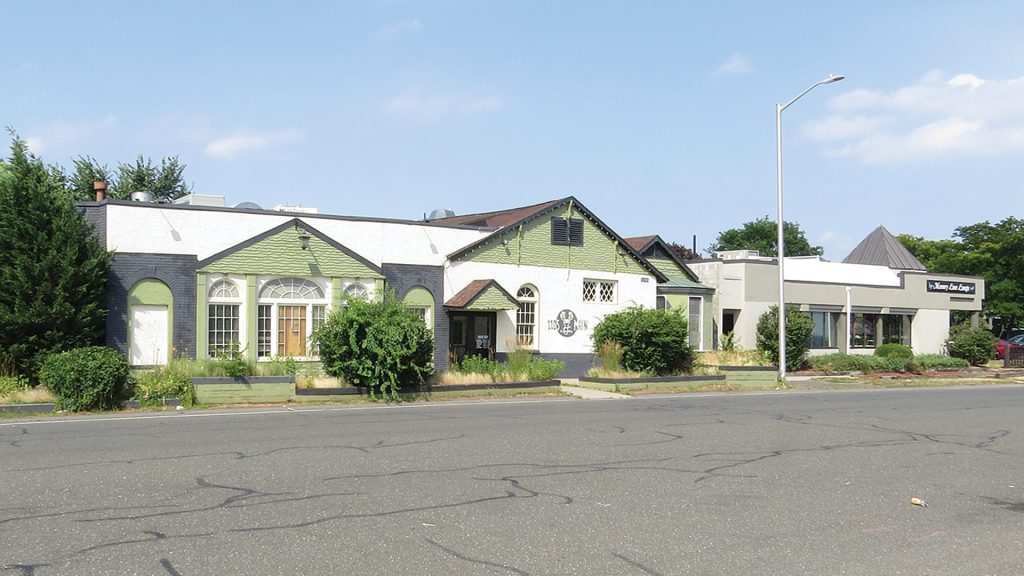






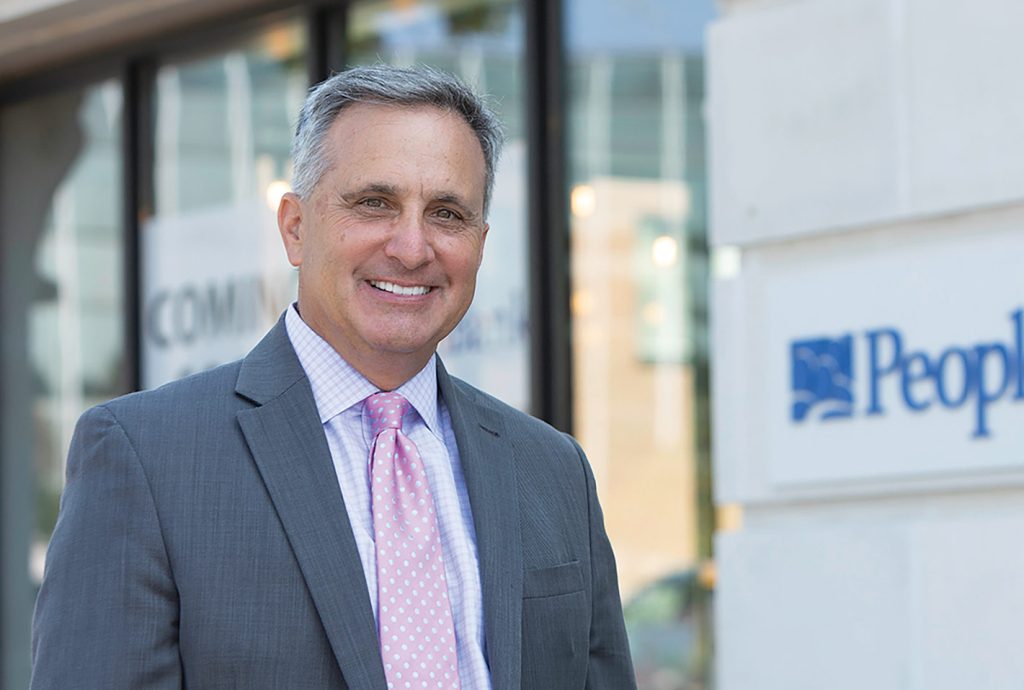
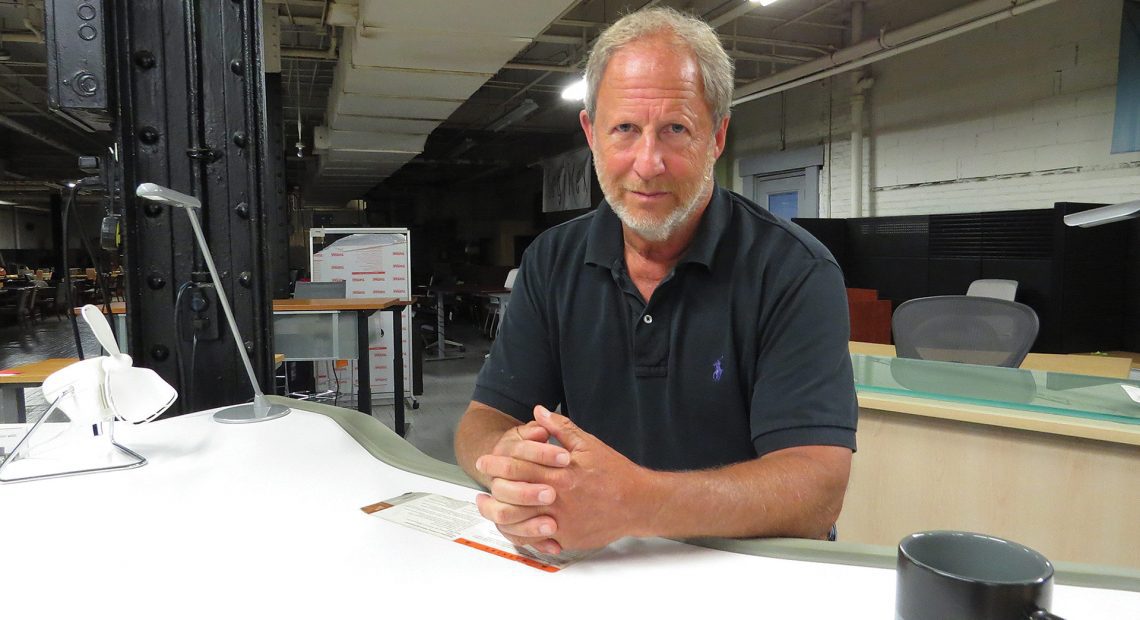


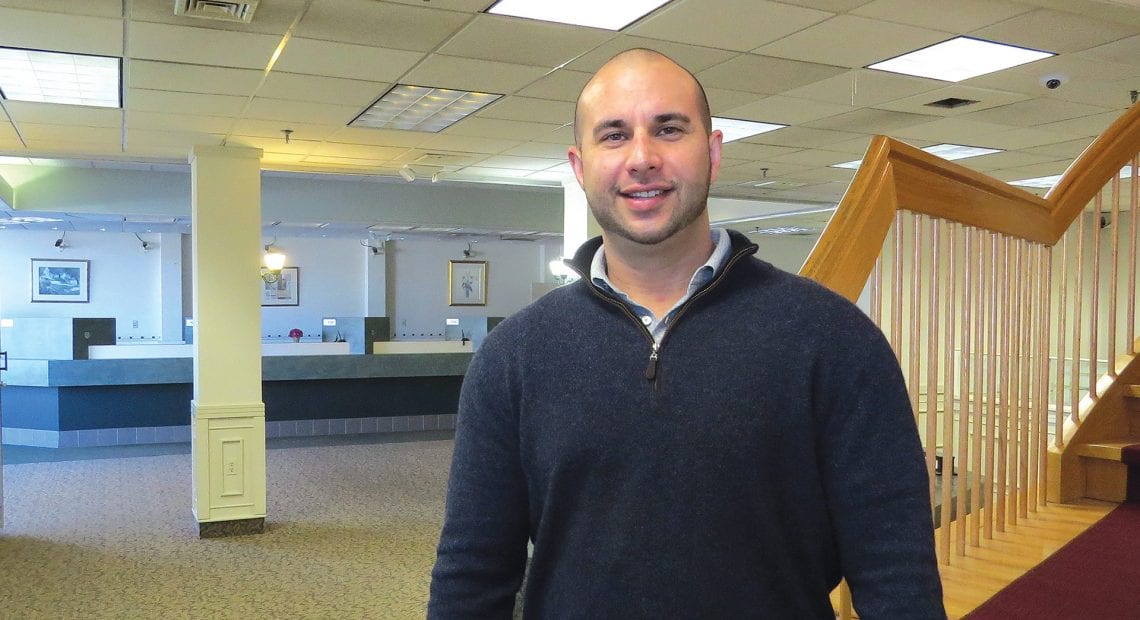
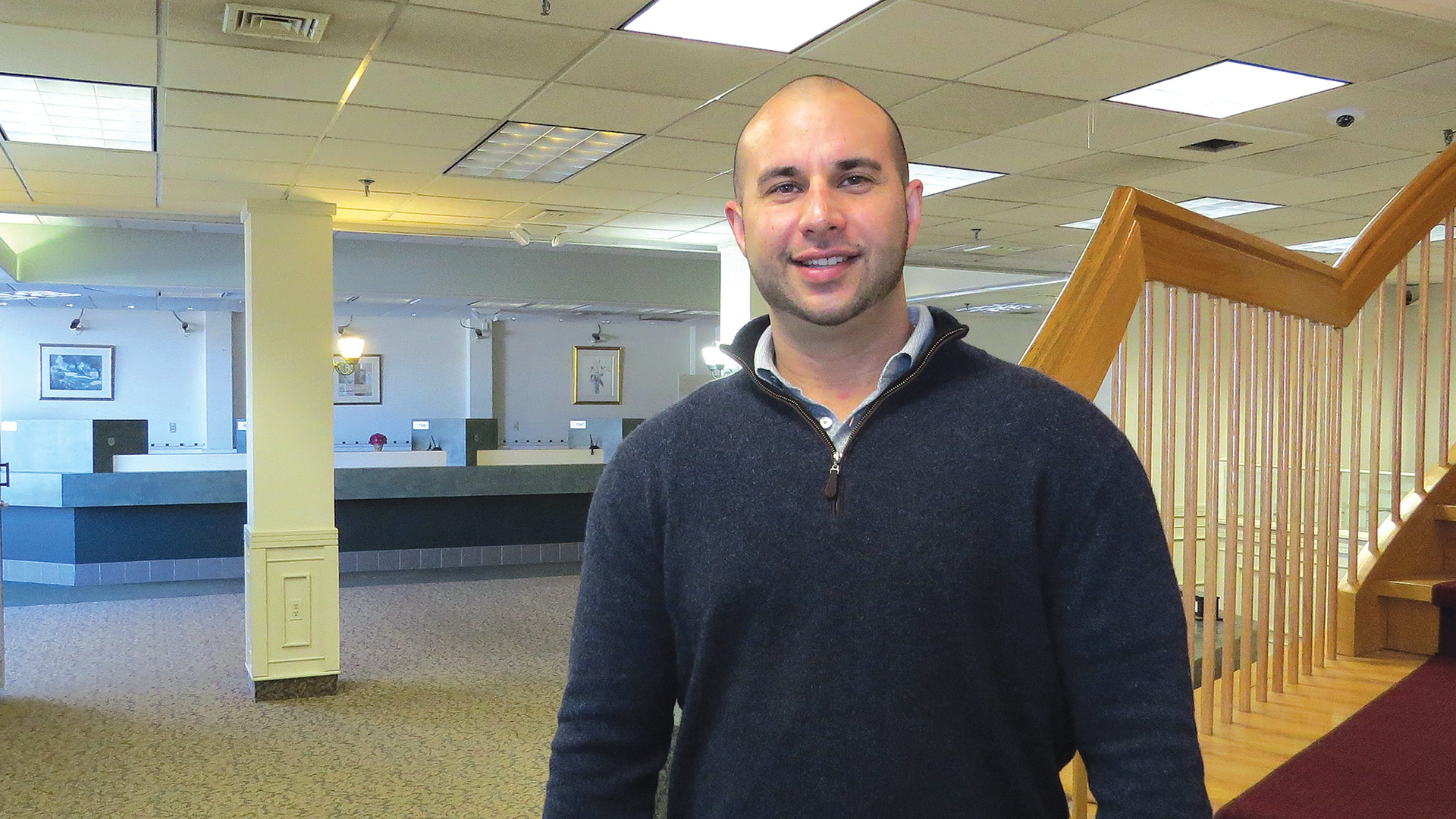


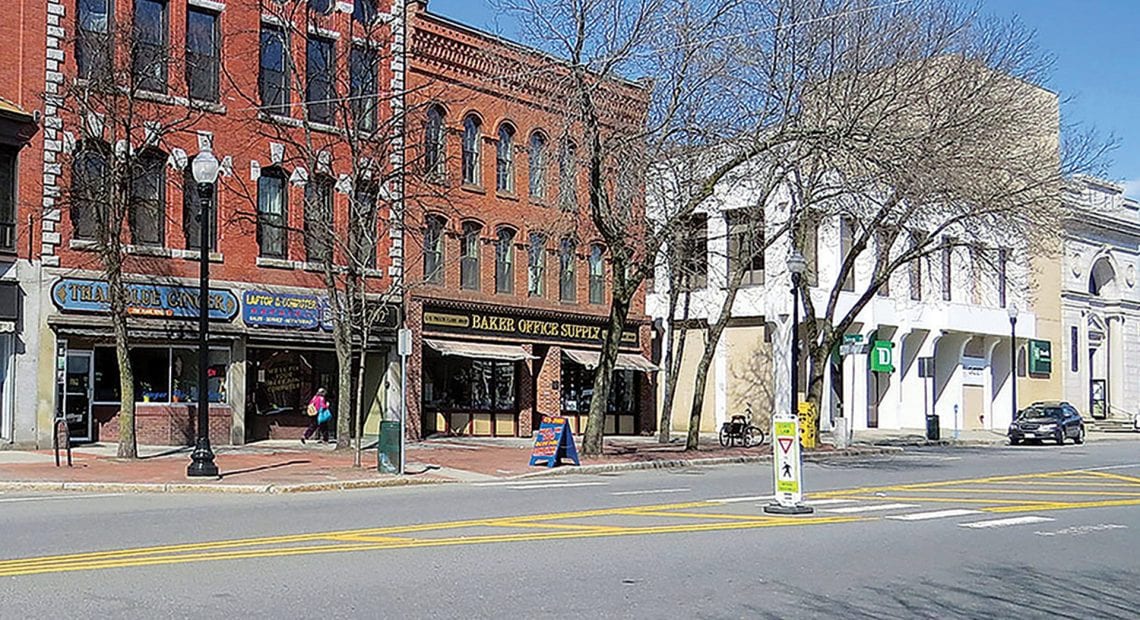
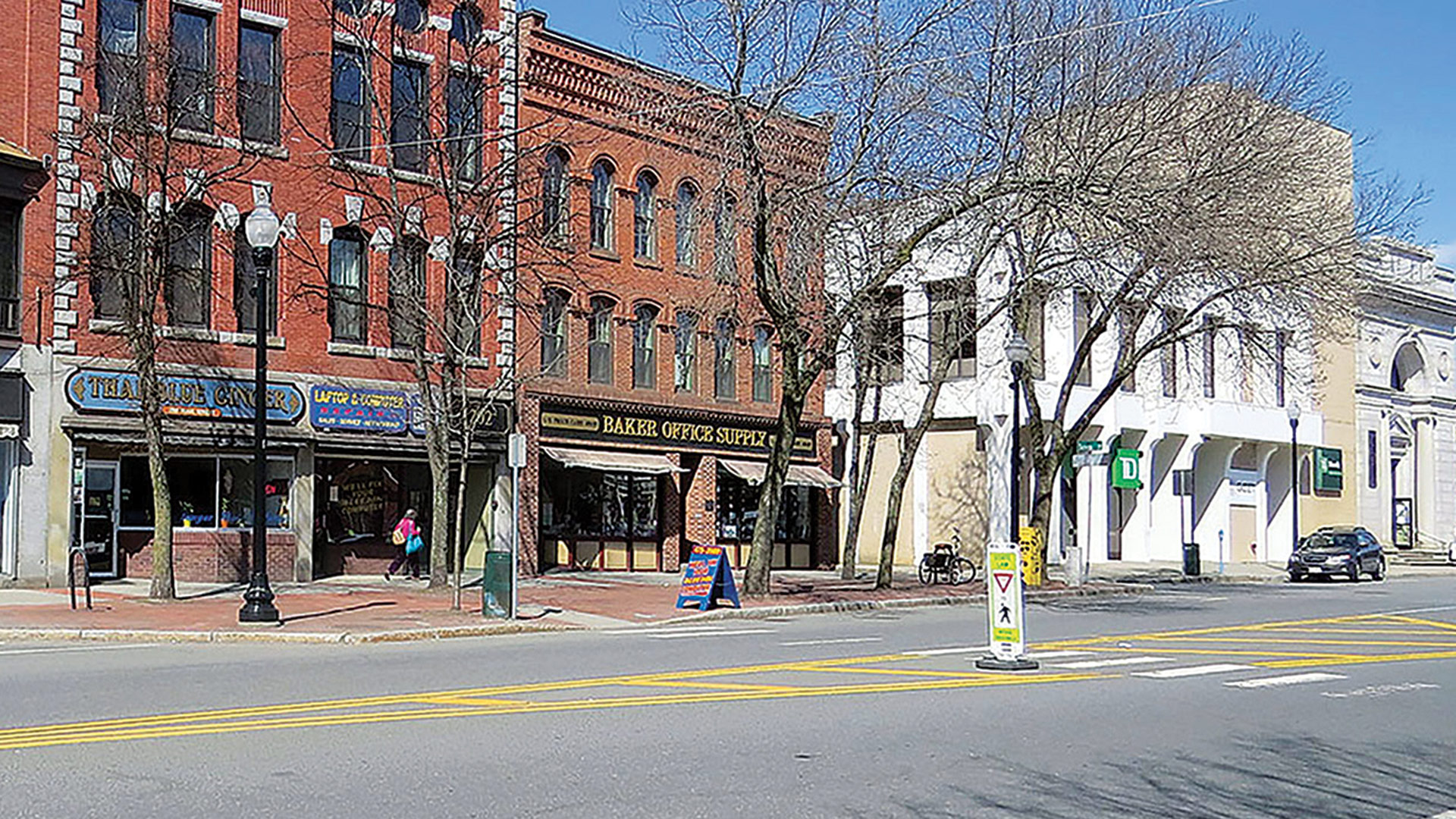

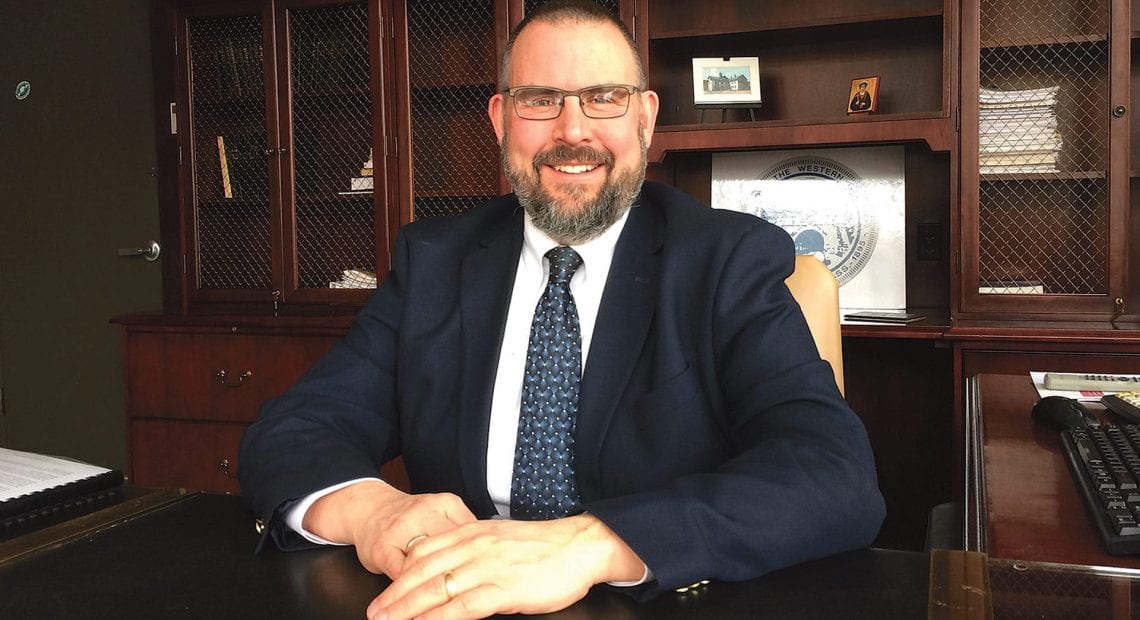

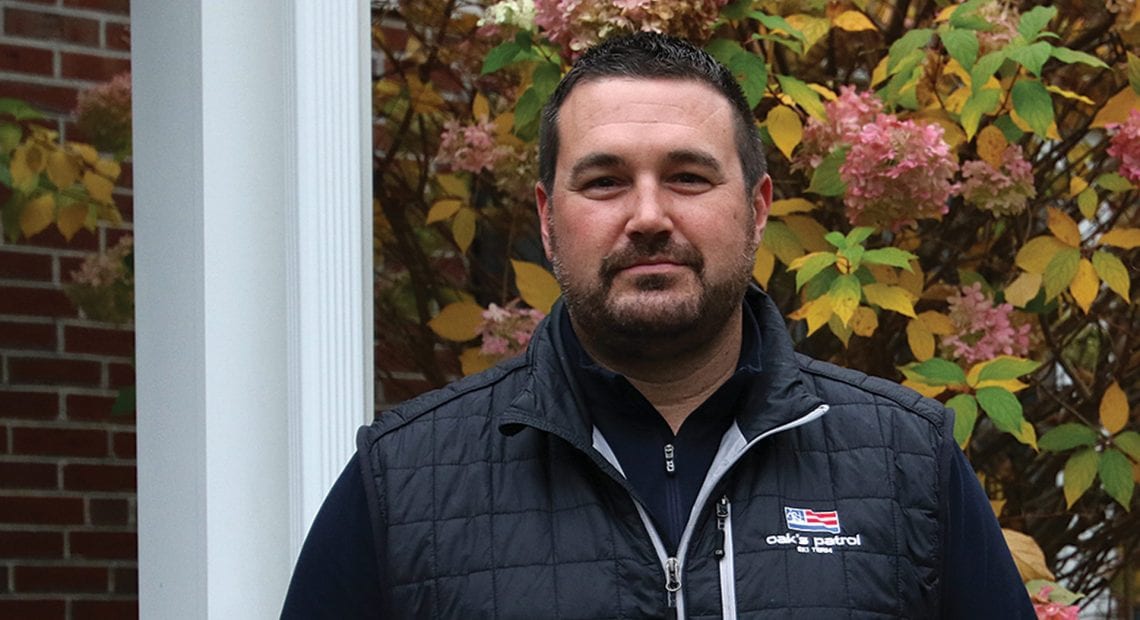
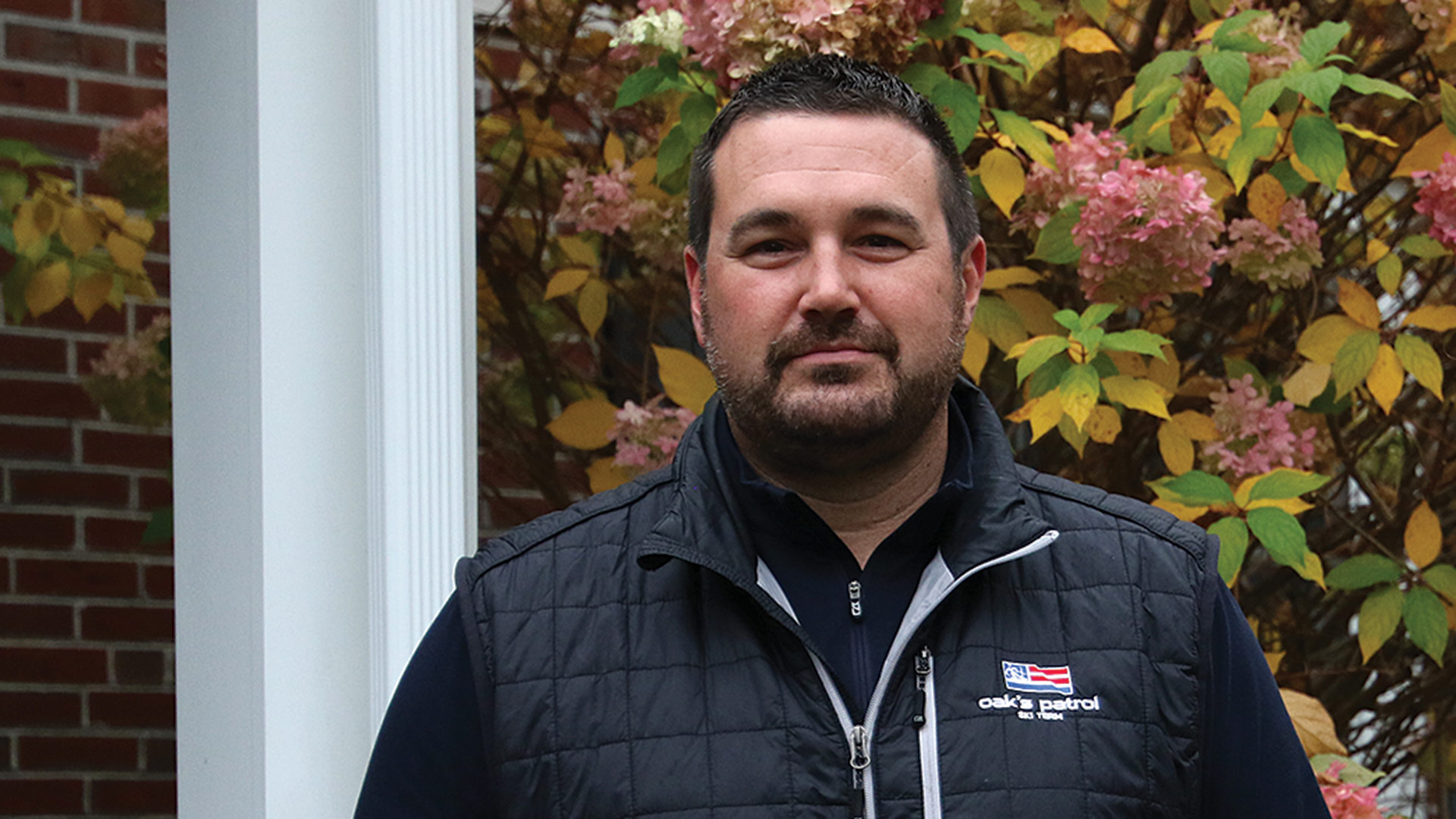
 Ordinarily, a press release announcing that one of the region’s colleges or universities had maintained its accreditation with the New England Commission of Higher Education (NECHE) would barely register as news.
Ordinarily, a press release announcing that one of the region’s colleges or universities had maintained its accreditation with the New England Commission of Higher Education (NECHE) would barely register as news.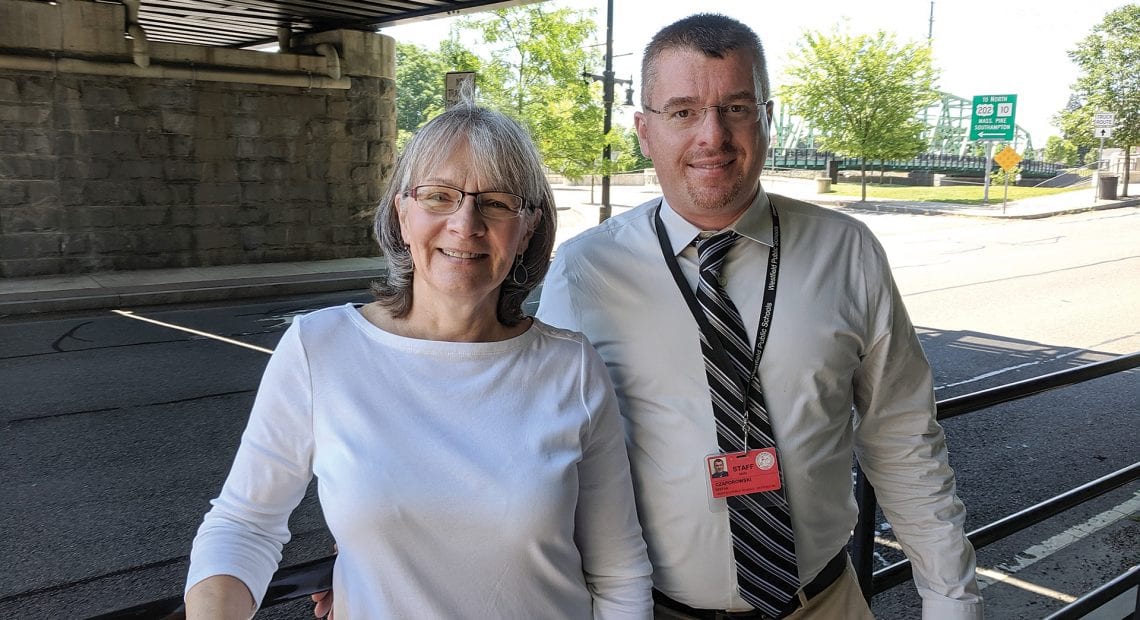
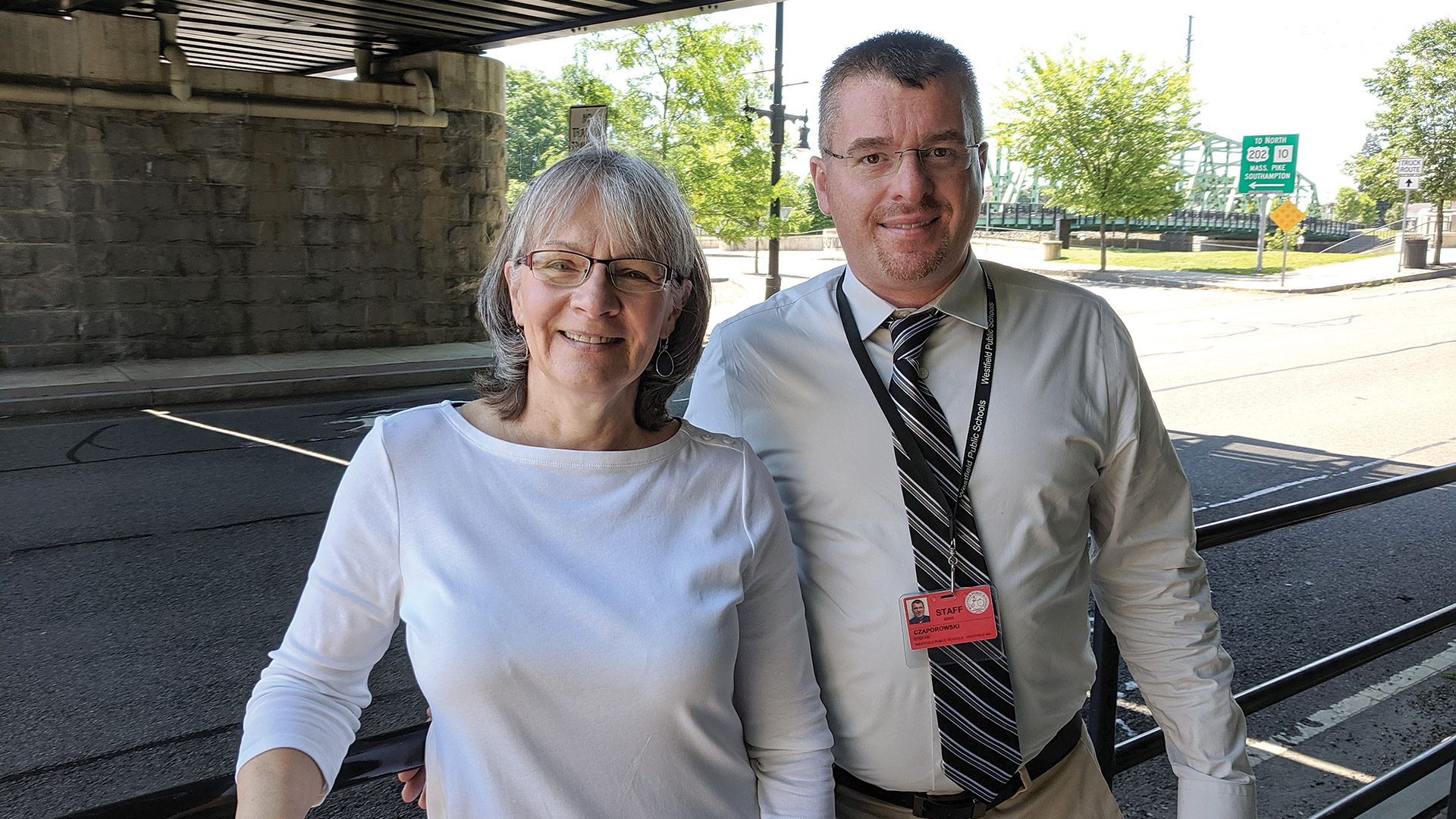

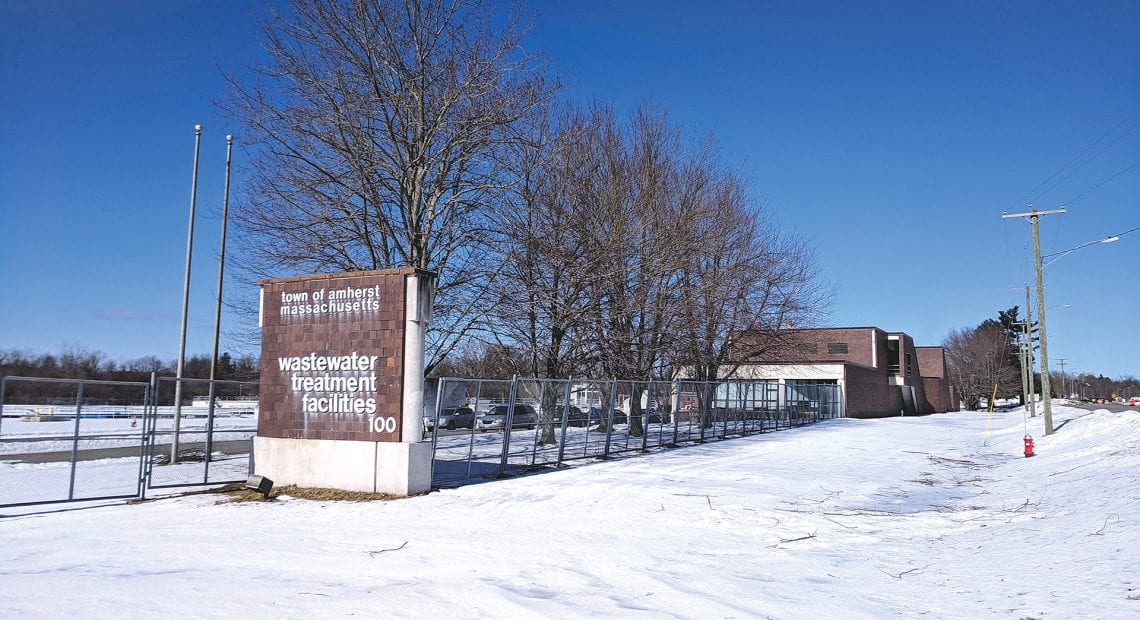
 When the
When the 